1. Sustainable and Eco-Friendly Homes
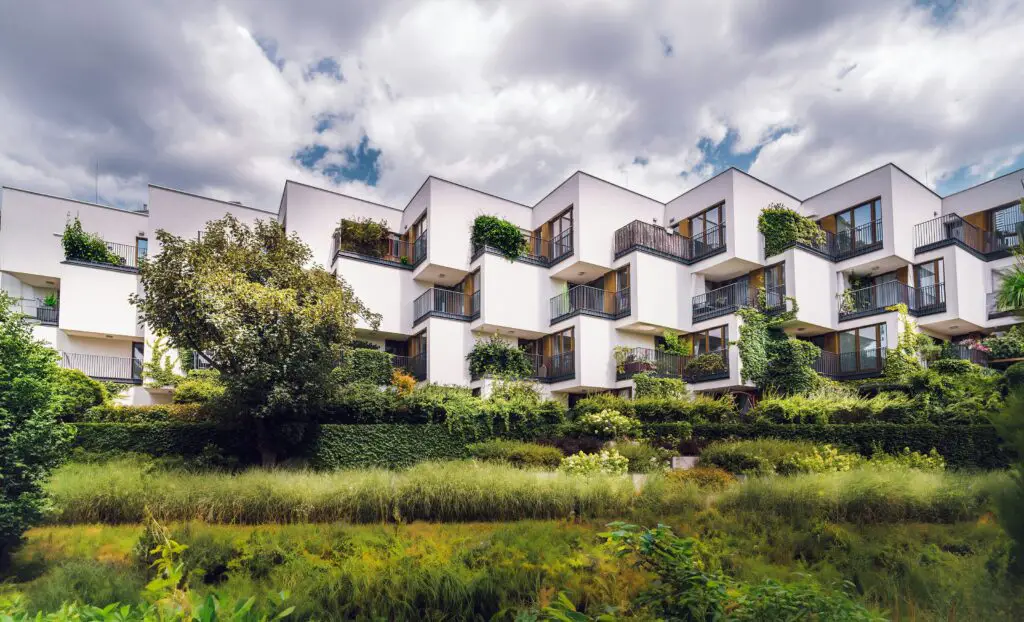
Sustainability is no longer a trend but a necessity in modern home buying. Many future homeowners are seeking properties with features like solar panels, energy-efficient appliances, and smart thermostats that minimize environmental impact while reducing utility costs. Homes built with sustainable materials like bamboo flooring, recycled steel, and non-toxic paint appeal to buyers who prioritize eco-conscious living. Furthermore, energy-efficient homes contribute to long-term savings on electricity and heating bills, making them a smart financial investment.
The demand for green homes is growing, as buyers realize the benefits of reducing their carbon footprints. According to Forbes, sustainable homes also have a higher resale value, attracting environmentally aware buyers. As the push for greener buildings continues, the integration of energy-saving technologies is expected to be a common feature in the majority of new homes. With climate change at the forefront of global concerns, these homes are not only good for the environment but also serve as a smart investment in a more sustainable future.
2. Smaller Footprints, Bigger Impact
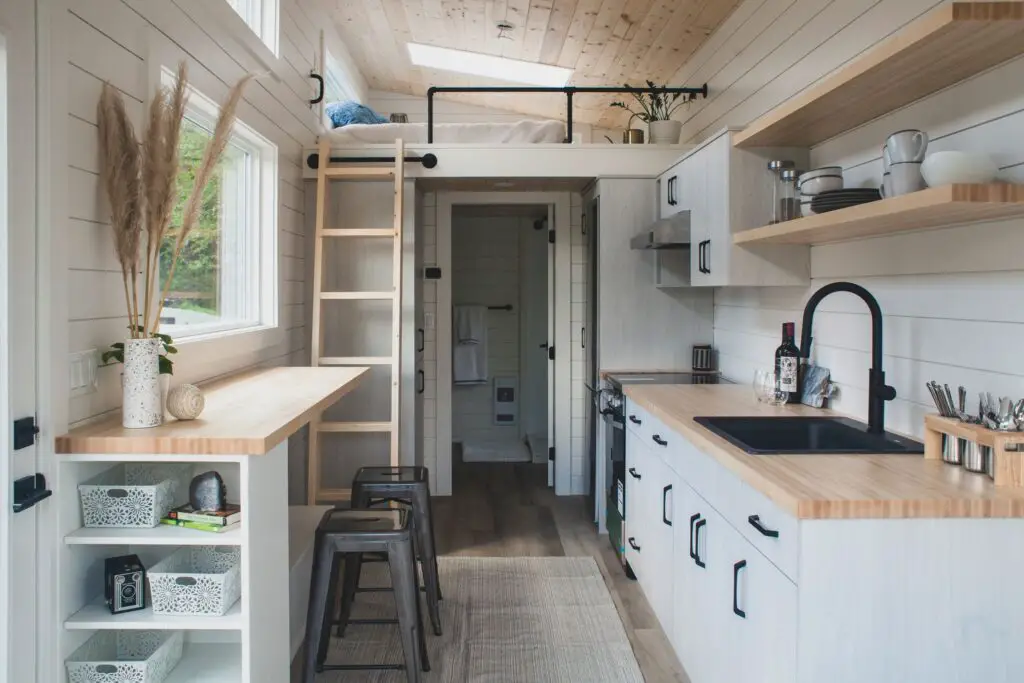
Smaller living spaces, such as tiny homes and micro-apartments, are gaining popularity, particularly among younger generations like Millennials and Gen Z. These compact homes appeal to those who are looking to downsize and reduce their living costs while maximizing space efficiency. The focus is on multifunctional rooms, such as living areas that double as workspaces or storage, which allow homeowners to make the most of every square foot. Innovative storage solutions, such as built-in shelving, fold-away furniture, and hidden compartments, are essential to make these spaces both functional and livable.
For those drawn to minimalist lifestyles, smaller homes offer the opportunity to reduce possessions and simplify daily life. Moreover, smaller homes often come with a smaller environmental footprint, making them a popular choice for eco-conscious buyers. According to The New York Times, tiny homes are also seen as an affordable housing option in cities where real estate prices continue to soar. With sustainability and affordability at the forefront, the tiny home movement is expected to continue its upward trend.
3. Flexible Workspaces

As remote work becomes a permanent fixture for many professionals, having a dedicated home office is now a top priority for homebuyers. More buyers are seeking homes with flexible spaces that can easily transition into work areas, study rooms, or creative studios. The ability to adapt a room for various uses, such as a home gym or guest bedroom, has become highly desirable. With the increasing demand for home offices, features like soundproofing and high-speed internet are also becoming essential.
Properties equipped with strong broadband infrastructure and quiet spaces can provide a competitive edge in the real estate market. According to Business Insider, the rise of flexible workspaces is expected to continue as remote work solidifies its place in the workforce. Homes with well-designed, functional spaces for work and relaxation will likely remain highly sought after.
4. Smart Home Technology

Smart home technology has become an essential feature for many homebuyers, particularly those who are tech-savvy. Integrated systems that allow homeowners to control lighting, security cameras, and even appliances through an app are now common expectations. Voice-activated assistants like Amazon Alexa or Google Assistant, which enable seamless control of household functions, are increasingly popular in modern homes.
Features such as automated heating and cooling systems, smart locks, and home monitoring systems make life more convenient while offering enhanced security. As more devices become interconnected, the demand for homes equipped with these technologies will only grow. According to TechCrunch, smart home products have seen rapid growth as the desire for comfort, efficiency, and security increases. Homes that seamlessly integrate smart technology are expected to remain at the forefront of real estate trends in the coming years.
5. Community-Oriented Living
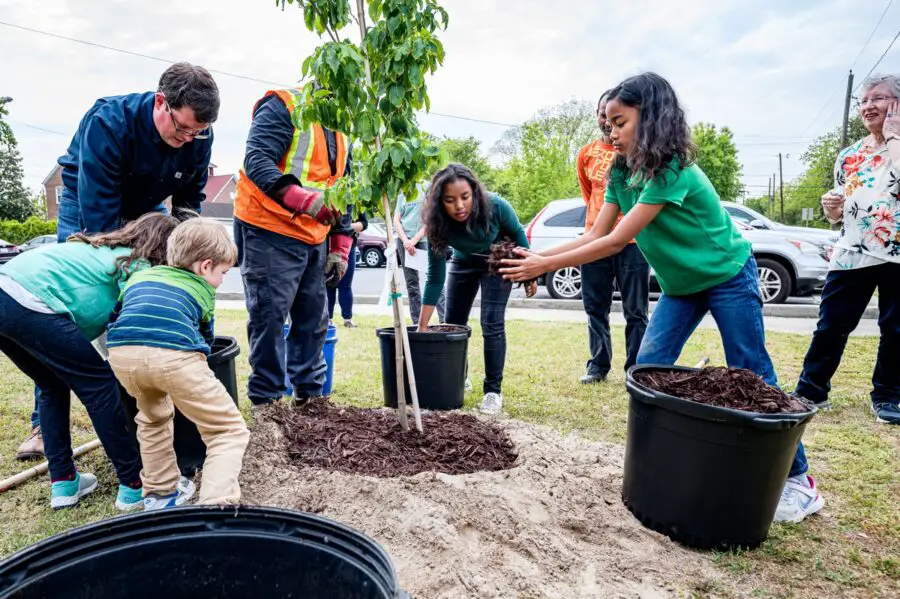
In today’s fast-paced world, homebuyers are increasingly drawn to communities that promote social interaction and engagement. Walkable neighborhoods with access to parks, schools, restaurants, and local shops are highly sought after. Many buyers value the sense of belonging and connection that comes with living in a well-established community, where they can form lasting relationships with neighbors. Suburban developments are also evolving to mirror urban environments, with a focus on creating spaces where people can live, work, and socialize without relying on cars.
According to The Guardian, this trend is particularly strong among younger buyers who prioritize quality of life and community engagement over mere convenience. Real estate in walkable communities tends to appreciate faster, making them an attractive option for both buyers and investors. Neighborhoods that foster strong social bonds and easy access to local amenities will continue to draw interest from those looking for more than just a place to live.
6. Health-Conscious Home Features
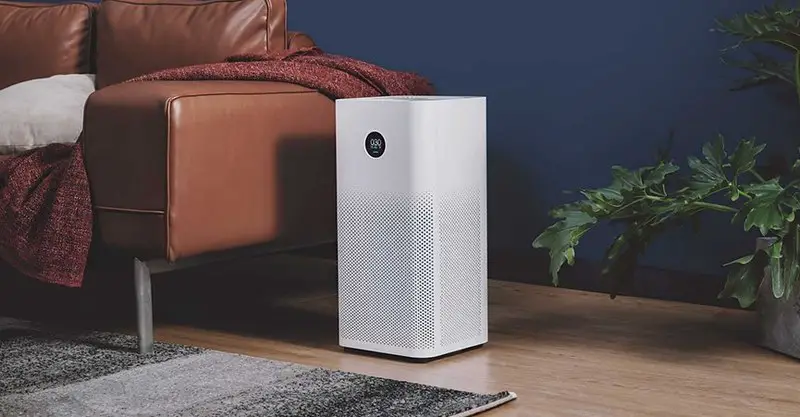
The growing awareness of health and wellness has influenced the design and features of modern homes. Buyers are increasingly looking for homes equipped with air purifiers, filtered water systems, and non-toxic materials to promote better living conditions. Homes designed with health in mind often include well-ventilated spaces and natural lighting, which are known to improve mental and physical well-being. Fitness-oriented buyers are also seeking properties with dedicated areas for exercise, such as home gyms or large outdoor spaces for activities like yoga or running.
Outdoor living spaces, including gardens and patios, are highly desirable for relaxation and maintaining a healthy lifestyle. According to Health.com, these health-conscious features are becoming key factors in home buying decisions. As the demand for wellness-driven homes increases, developers are likely to focus more on incorporating features that enhance the overall quality of life.
7. Multigenerational Living Spaces

Multigenerational living is becoming more popular as families seek to live together under one roof, whether due to economic factors or a desire for closer family connections. Homes designed with separate living areas, such as in-law suites, multiple kitchens, or separate entrances, are becoming more common. These layouts allow for privacy while still maintaining proximity, which is important for families that want to share a home without sacrificing personal space.
This trend is particularly prominent in areas where the cost of living is high, and multiple generations can pool resources to make homeownership more affordable. According to AARP, the rise of multigenerational homes reflects the growing need for adaptable living spaces. With the increasing number of families choosing this living arrangement, homebuilders are responding by designing homes that meet these needs, offering flexible floor plans and a focus on shared living.
8. First-Time Buyer-Friendly Options
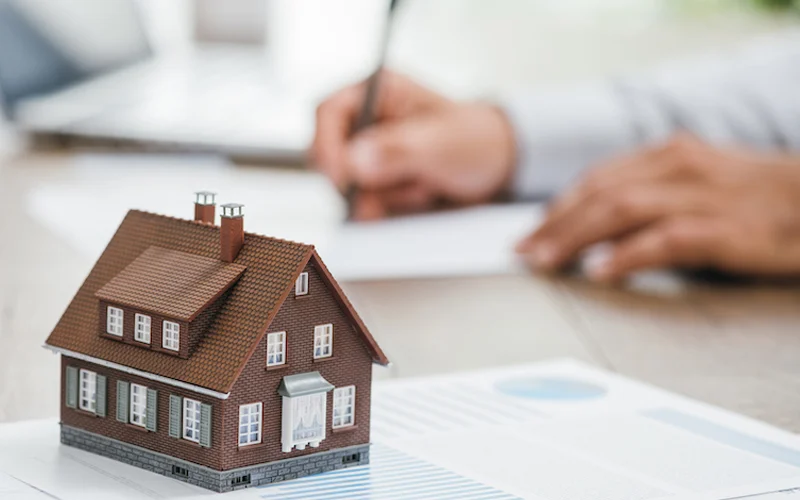
For many first-time buyers, affordability remains a top concern. Condominiums, townhomes, and smaller single-family homes are increasingly popular among younger buyers who are looking for affordable yet modern living spaces. Developers are focusing on creating entry-level homes that offer contemporary designs and amenities without the hefty price tag.
In addition, urban-adjacent locations with convenient transit options are becoming attractive alternatives for buyers who want proximity to city life at a more reasonable price. According to The Wall Street Journal, first-time homebuyers are also prioritizing properties with low maintenance costs, such as energy-efficient homes, to keep ongoing expenses low. With more millennials entering the housing market, demand for affordable, well-located properties will continue to rise.
9. Climate-Resilient Homes

As extreme weather events become more frequent due to climate change, many homebuyers are focusing on properties that can withstand the challenges of a changing environment. Stormproof windows, fire-resistant materials, and elevated foundations are just a few features that make homes more resilient. Many buyers are also looking for properties that are situated outside flood-prone areas or equipped with hurricane-resistant features.
Homes with backup power systems, such as solar panels or generators, are becoming more desirable for buyers concerned about power outages during extreme weather. According to National Geographic, homes designed with resilience to climate change are expected to have a strong market demand in the coming years. As climate risks continue to rise, homes with built-in resilience are not only more practical but also serve as a long-term investment.
10. Luxury Rentals Over Ownership

Affluent buyers are shifting their preferences toward renting luxury homes instead of purchasing them. Upscale rental properties with premium amenities, such as pools, gyms, and concierge services, are highly desirable among those who prefer maintenance-free living. This shift reflects changing attitudes toward flexibility, as renters can easily relocate without the long-term commitment of homeownership.
Luxury rentals also allow individuals to enjoy the benefits of high-end living without the responsibilities of property maintenance. According to Forbes, this trend has been growing, especially among younger, high-net-worth individuals who value experiences over ownership. As the demand for luxury rental properties rises, real estate developers are catering to this demographic by creating high-end rental units in desirable locations.
11. Proximity to Nature

With a growing emphasis on well-being, many buyers are looking for homes located near natural spaces such as parks, lakes, and hiking trails. Access to outdoor environments has been linked to improved mental health, making homes near nature particularly appealing. Properties offering scenic views of forests, mountains, or bodies of water are commanding higher prices, as buyers seek tranquility and a connection to nature.
Additionally, homes with easy access to recreational activities, such as biking or kayaking, are becoming more desirable. According to The Guardian, this trend reflects a larger societal shift toward healthier, nature-connected living. As interest in outdoor lifestyles grows, homes in natural settings will likely continue to see an uptick in demand.
12. Renewed Interest in the Suburbs

Suburban living has seen a resurgence, driven by the desire for larger homes with outdoor space, coupled with better transportation options and urban-style amenities. Many buyers are looking for homes that offer more room for families and outdoor activities while still providing easy access to the city center. Suburbs with coworking hubs, cultural attractions, and a vibrant local community are becoming increasingly popular.
The shift toward suburban living is also influenced by the rise of remote work, allowing people to live further from urban centers while maintaining access to the conveniences of city life. According to The New York Times, suburban developments with a blend of residential, commercial, and recreational spaces are becoming the new standard. As urban sprawl continues to expand, the suburbs will continue to be an attractive option for families seeking more space and a higher quality of life.
13. Energy Independence
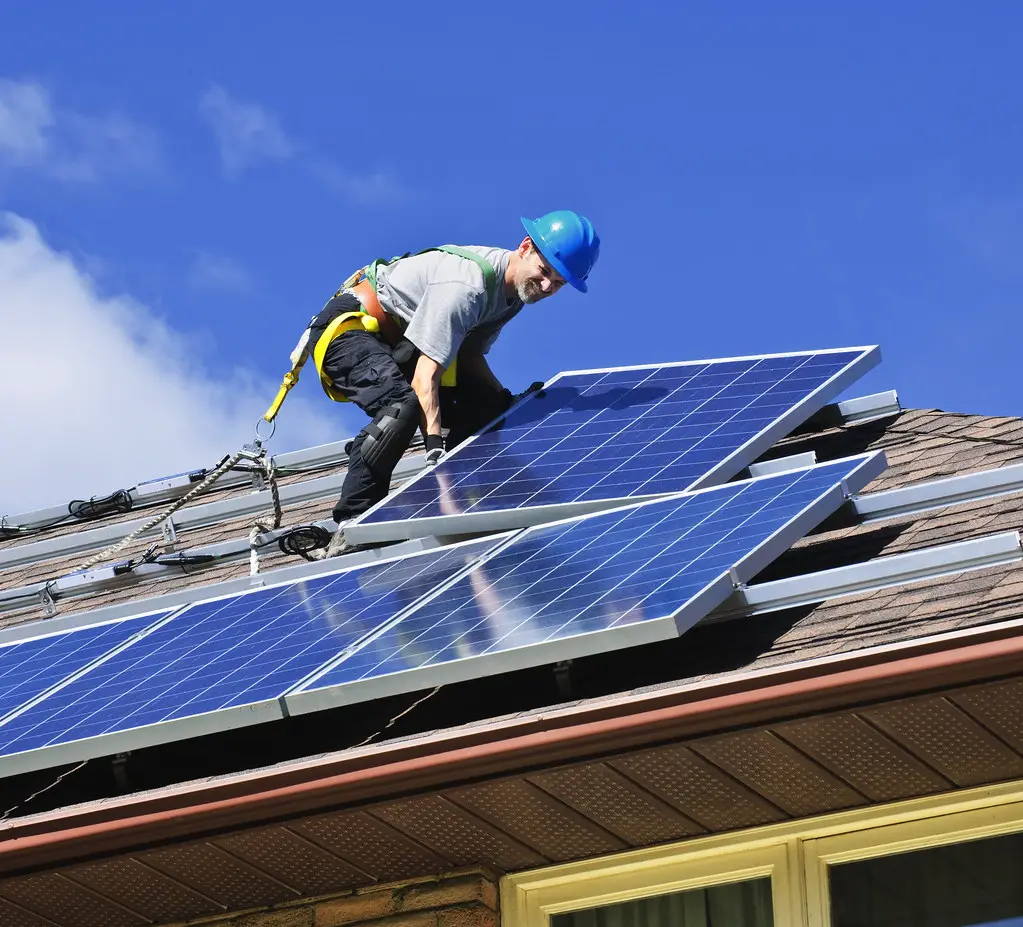
Self-sufficient homes that operate off the grid are becoming more popular as buyers look for ways to reduce their dependence on public utilities. Homes equipped with renewable energy systems, such as solar panels and wind turbines, offer the ability to generate electricity independently. Backup generators and battery storage systems are also essential for ensuring energy reliability, particularly in areas prone to power outages.
This shift toward energy independence is driven by both environmental concerns and the desire for greater resilience during power disruptions. According to Green Building Advisor, off-grid living is gaining traction as the technology to support energy independence becomes more accessible and affordable. For buyers seeking long-term sustainability and security, homes with off-grid capabilities offer peace of mind and significant cost savings.
